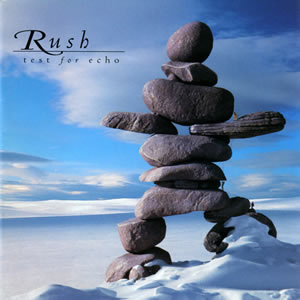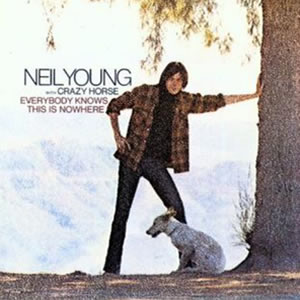Test for Echo by Rush
Buy Test for Echo Rush evolved from the synth-drenched style of previous albums with the 1996 release, Test for Echo. The musical style delivered by the Canadian trio hearkens back to the hard […]

Buy Test for Echo Rush evolved from the synth-drenched style of previous albums with the 1996 release, Test for Echo. The musical style delivered by the Canadian trio hearkens back to the hard […]

Buy Everybody Knows This is Nowhere Neil Young‘s second solo record, Everybody Knows This Is Nowhere, was the first of his string of classics. Released in May 1969, this album was also the […]